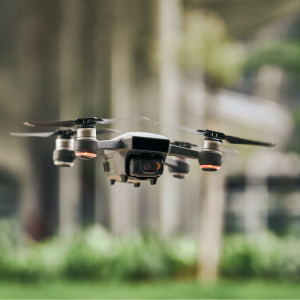
This paper identifies three ways in which digital technologies can support the participation of smallholders in food sustainability: “the tutorial”, “the dashboard” and “the platform”. It is based on 10 case studies of digital sustainability initiatives that use remote sensing technologies (e.g. drones, satellites and sensors), collection of social and economic data, and technologies that allow the creation of a digital identity (e.g. blockchain contracts and digital marketplaces).
Abstract
Digital technologies such as artificial intelligence, blockchain and remote sensing are increasingly used by public and private actors to improve the participation of smallholders in addressing the environmental challenges of food production. Based on an empirical mapping of 10 digital sustainability initiatives we analyse how digital technologies shape the representations of (un)sustainable production practices, the identification of sustainability targets and intervention strategies for improving environmental performance. Based on this mapping we distinguish three archetypes of smallholder participation engendered by digital technology that we label ‘the tutorial’, ‘the dashboard’ and ‘the platform’. The archetypes provide a basis for understanding how digitalization, as a process of design-based governance, can overcome, replicate or even reinforce the barriers to participation faced by analog sustainability initiatives. Applied more widely we argue this typology can provide a productive means of examining the role of digitalization in contributing to more inclusive and sustainable food systems.
Reference
Kruk, S.R., Kloppenburg, S., Toonen, H.M. and Bush, S.R., 2021. Digitalizing environmental governance for smallholder participation in food systems. Earth System Governance, 10, p.100125.
Read the full paper here. See also the TABLE explainer What is sustainable intensification?







Post a new comment »